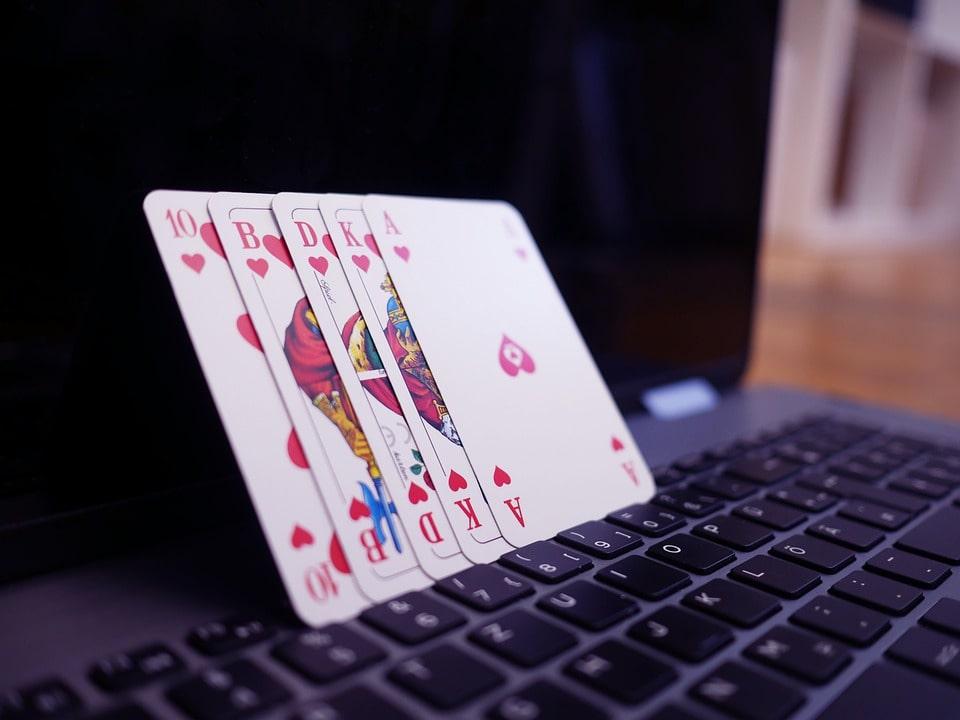It’s easy to fall in love with gambling at the age of live dealer games, mind-bending jackpots, and top-notch bonuses, all delivered to the comfort of your home via its majesty Internet. But before online gambling came about, these were movies that carried the torch.
You must have heard of – and maybe even watched – Casino Royale, Maverick, 21, the Cincinnati Kid, and maybe a few other movies that propagated gambling or at least used vivid scenes of gambling in the plot. But hardly did you imagine that the events portrayed there had very little to do with reality.
Most movies twisted the very gambling principles, odds, and outcomes beyond recognition, picturing close-to-impossible sequences of events leading to unimaginable wins. Without further ado, let’s have a look at the most ridiculous casino movie blunders, whether those were accidental or intentional.
Unbelievably High Stakes
In Casino Royale, an iconic James Bond spy film, the plot unfolds at a high-stakes poker table in Casino Royale, Montenegro. Taking a closer look at it, you can calculate that there are over $40 million in stakes on the table, the number impossible in a real casino, at least while the dollar more or less holds its value.
The largest casino bet in history –$777,000 at the time and well over $2 million now – belongs to William Lee Bergstrom, who wagered on Don’t Pass Line in Craps…and won! A typical high-roller table accepts a few dozen to a few thousand dollars as a single bet, and very rarely above that amount – not because casinos don’t want to make money faster, but because
- First of all, depending on the jurisdiction, there may be regulations limiting the maximum wager;
- Secondly, casinos must be able to pay the winner, which may not be possible if a few-million-dollar wager wins.
Online casinos usually provide flexible betting ranges, embracing both low-bettors and high-rollers. Whether you’re playing at Casino Lucky Bird or any other online gambling platform, you will have no trouble with betting any amount of money up to a few thousand dollars at a time.
Near-Impossible Outcomes
Yet another blunder in Casino Royale was made when the picture featured the hands of four poker players: two full houses, a flush, and a straight flush. And if you think having those hands simultaneously was big luck, but then you hardly realize how much of luck it was: one to 18 trillion.
But what is one to 18 trillion? Well, here you go: below are the odds of some quite improbable events:
- Being struck by lightning in any given year – one to 700 thousand.
- Being killed in an airplane crash – one to 60 million.
- Being born – one to <a href=”https://www.forbes.com/sites/startswithabang/2017/05/16/the-odds-of-your-unlikely-existence-were-not-infinitely-small/?sh=3a05de5740b0″ rel=”nofollow”>5.5 trillion</a>.
Now that you’ve made fun of it, you might want to know that the odds for the best poker hand, Royal Flush, is only 1 to649,739.
Card Counting
In 21 – and the movie is based on a real-life story – a blackjack team of students uses card counting and covert signaling to grab hundreds of thousands of dollars off Las Vegas casinos. And while there’s some truth to it – after all, card counting can boost your winning odds in blackjack – there’s no way card counting can tip the odds in your favor. The casino will always have an advantage over the player, and even if it’s only a fraction of the percent, it still generates money for the casino.
On that note, card counting is extremely hard as it requires inhuman patience and mathematical abilities coupled with a phenomenal memory. And even if you execute it perfectly, you will only be able to reduce the house edge by up to 1.5%, which is not enough to get a positive mathematical expectation from blackjack.
Take Movies with a Grain of Salt
While movies are a great source of inspiration and a way to loosen up, nowhere near they are guidelines to the gambling world. Even the most successful pictures cannot help but squeeze the maximum juice out of it at the expense of showing things as they are. And they have the right for that – at the end of the day, we don’t watch movies to learn, do we?



